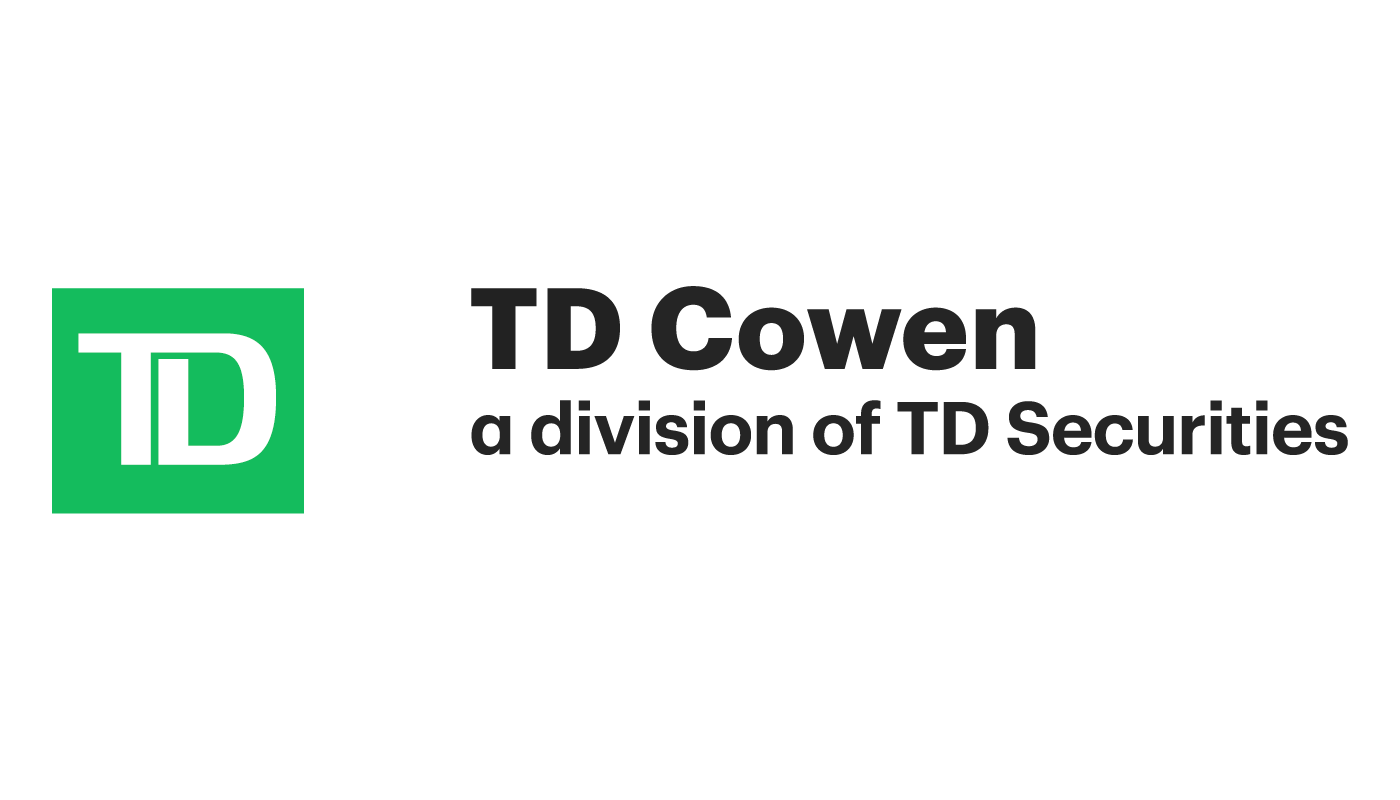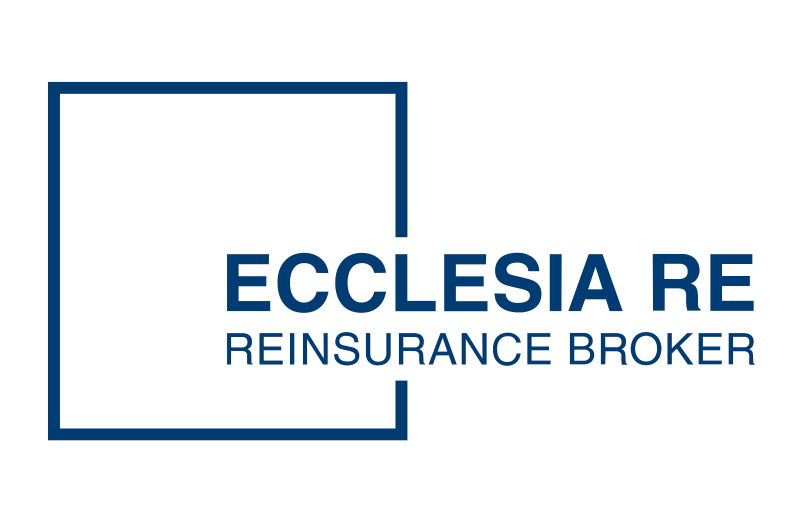There are far-reaching implications on the growing discussions over financial firm compensation structures. The tug and pull from commission-based to various fee-only and hybrid combination models are working to address client perceptions of the industry, strengthening advisor value propositions and driving more differentiated and competitive business models. They are also increasingly driving existential advisor introspection on what they truly represent for their clients and key decisions being made about the future of this industry.
Major financial industry thought leaders, like Michael Kitces and Bob Veres, have written about the growth of incorporating fiduciary standards and fee-for-service structures as important developments for advisors to be able to reach clients through a different compensation model and an opportunity to expand service into previously unserved markets and offering increasingly valuable, specialized advice that clients will be willing to pay for. They have asked us to imagine how different this business would be if we made it easy for potential clients to confidently seek out financial advice the way that they would go find a doctor when they are needed.
To further explore the business model and strategy issues of compensation structure from a client engagement and financial firm development perspective, we reached out to Institute members Russell Schultz, CEO and Jennifer Specter, Chief Operations and Compliance Officer at Schultz Financial Group (SFG) – an independent fee-only RIA firm that offers a holistic and carefully integrated family and business wealth planning approach that covers, what they term as, a client’s “Four Capitals of Wealth” – Financial Matters, Physical Well-being, Intellectual Engagement and Psychological Space. We asked questions to explore their experience and perspectives on the importance of compensation structure in building a competitive advisory firm and strong client partnerships.
Hortz: From your perspective, can a compensation structure help shape or guide the nature and activities of an advisory firm?
Specter: We feel that the choice of how you charge for your services most definitely shapes the firm’s conscious decisions, activities and goals. For example, a commission-based structure tends to shape a more transactional client relationship and experience, while some form of fee structure can drive a firm to build a more holistic experience and partnership with the client. We, at Schultz Financial Group, feel having a fiduciary RIA fee model legally and structurally positions us to make decisions in our client’s best interests and guides our working relationships with our clients. The choice of compensation structure is necessarily a core strategy decision for any advisory firm.
Hortz: What has been your firm’s path and decisions in establishing your compensation structure? How did it evolve?
Schultz: It’s going back a long way now, but we were always inclined to some sort of fee-based model versus a commission-based model because we felt it was the most transparent and objective method available to be compensated by our clients, that also minimized conflicts. As an early member of the National Association of Personal Financial Advisors (NAPFA), which has always been the leading association for fee-only financial advisors, we continued to discuss, explore and learn with our peers about different fee models being practiced in the financial advice industry.
Early on there was a period of time where we were based on hourly fees. We started out with clients helping them build up their investments, which eventually led to our establishing a fee for financial planning, and then a percentage on assets under management fee.
Based on our client interactions and implementations and what we learned directly from our clients along the way, we are currently offering a fixed-fee structure with a series of tiered levels of comprehensive services based on the needs and the complexity of the services required for different clients. The biggest reason for our evolution came from learning how best to mitigate, as much as possible, any conflicts of interest that we saw as we were working with our clients.
What we also learned when we were trying to manage the balance sheet of a client was that wealth management becomes more than just about money. You are actually also working through what we came to call a client’s “Four Capitals” – financial, psychological, physical and intellectual capitals. Developing services to help them with their financial matters, psychological space, physical well-being and intellectual engagement, naturally led us to a more comprehensive fixed rate structure designed around different levels of client needs and engagement that they wanted to see from us.
Hortz: Before we go more into your current structure, what were the conflicts of interest or client engagement conflicts that you saw in the different fee-based models you were working with?
Schultz: Well, let us take our original model of hourly fees. Having hourly fees caused friction with the client because many were less likely to contact you until they actually had a bigger problem. Usually, unfortunately, when it was already too late to set up any mitigating actions. Also, every time you wanted to talk to your client, they knew they were getting billed, so there was a harder free flow of information and it took longer to build up trust in our working relationships.
And then charging a fee for a financial plan, well that was just a fee for the plan, and it was perceived as that by the clients. Here is the fee for the plan, provide some numbers, and have a general overview discussion, but then how do you have deeper conversations and get an even clearer sense of the client’s challenges, needs, and goals. So, the client’s focus on the financial planning document, and the numbers around it, did not really allow for the deeper communication component needed for true connection and more detailed planning to happen.
Moving to a fee based on assets does edge you out of some of those engagement issues, but we encountered other kinds of conflicts such as making decisions on whether or not to pay down certain large expenses, like your mortgage, knowing that it will bring down the assets under your management and your corresponding fee. Structurally, you have conflicts in providing financial advice where your compensation is going to be affected by some of those key decisions.
Hortz: Can you tell us more about your current fee structure?
Schultz: It made sense to us to go to a comprehensive, annual flat fee, paid quarterly, based on the complexities of client needs and what they are asking us to do. This compensation structure evolved out of the realization, for instance, when you work with small business owners, where you are spending more time on a consulting basis and advice than you are spending on assets under management and financial planning.
The idea of true comprehensive wealth planning on a fiduciary basis is what our current fee structure is built on. It positions the firm and its financial advisors to be there when the client needs you for anything regarding their finances and family or business matters that could impact that. You end up with a flat fee based on the overall complexity of the client’s situation or specific advice needed versus a compensation structure that is hourly or assets under management.
And then, the client feels they can talk to you about anything at any time without the idea of any clocks ticking and you are free of any conflicts to give the client the best advice, the most objective advice you can. At least, that is how we got there.
Specter: This compensation structure boils down to lining up our business model with what we say we do for our clients which is to provide objective, comprehensive financial planning and advice. We factor in the total wealth of a client across their four capitals and their whole family and business balance sheet by charging a set comprehensive fee on the time and work we will be doing specifically for them, not on arbitrary basis points on investable assets.
Hortz: What results are you seeing with your clients? What kind of client response are you getting?
Specter: Clients tell us they love the transparency and our easy-to-understand comprehensive fee structure. They particularly say they appreciate exactly knowing the stated dollar amount that they will be paying and what specific personalized range of services and work that we will be providing for this them under a fiduciary best interests standard.
Hortz: What have you learned from your clients through all this? What conclusions or recommendations can you share with other advisors about choosing and structuring their compensation from clients?
Specter: We agree with financial industry leaders out there, like Michael Kitces and Bob Veres, that have said the flat fee model is the way to go for the future and that it will force firms to have to fully explain their value proposition and spell out a full description of the services they will be offering.
It is important to note though, through consumer psychology studies and our own client experiences, that many clients make irrational buying decisions and do not like doing the math in comparing different offerings. For example, in comparing an asset-based fee of let’s say 90 basis points or .9% on $3M of investable assets versus an annual flat fee of say $25,000 or $6,250 per quarter, many consumers just do not do the math and do not see the relative differences in value so they go for the perceived lower number of .9% on assets. That is why you have to do the math for them and compare and contrast the level of personalized and holistic services they would be getting in weighing out their decision.
Schultz: When clients better understand, they open up to getting an ongoing holistic service. They get it. Our experience has been that the comprehensive flat fee structure fully supports our firm’s goal to work in partnership with our clients across, what we explain, is their four capitals of wealth – which encompasses more than just their money or financial matters. This fee structure helps to convey the value proposition we are offering of managing their “full life” balance sheet much better than any percentage fee on their investable assets ever will.
The Institute for Innovation Development is an educational and business development catalyst for growth-oriented financial advisors and financial services firms determined to lead their businesses in an operating environment of accelerating business and cultural change. We operate as a business innovation platform and educational resource with FinTech and financial services firm members to openly share their unique perspectives and activities. The goal is to build awareness and stimulate open thought leadership discussions on new or evolving industry approaches and thinking to facilitate next-generation growth, differentiation, and unique community engagement strategies. Schultz Financial Group is an Institute member firm. The institute was launched with the support and foresight of our founding sponsors — Ultimus Fund Solutions, NASDAQ, FLX Networks, TIFIN, Advisorpedia, Pershing, Fidelity, Voya Financial, and Charter Financial Publishing (publisher of Financial Advisor and Private Wealth magazines).
Disclosures: Nothing contained herein constitutes investment advice or the recommendation of or the offer to sell or the solicitation of an offer to buy or invest in any specific investment product or service. Before investing you should carefully consider the investment objectives, risks, charges, and expenses of any investment product or service. Ask for written information and please read carefully before you invest. Investing involves risk including the possible loss of principal.
The views and opinions expressed herein are the views and opinions of the author and do not necessarily reflect those of Nasdaq, Inc.






































